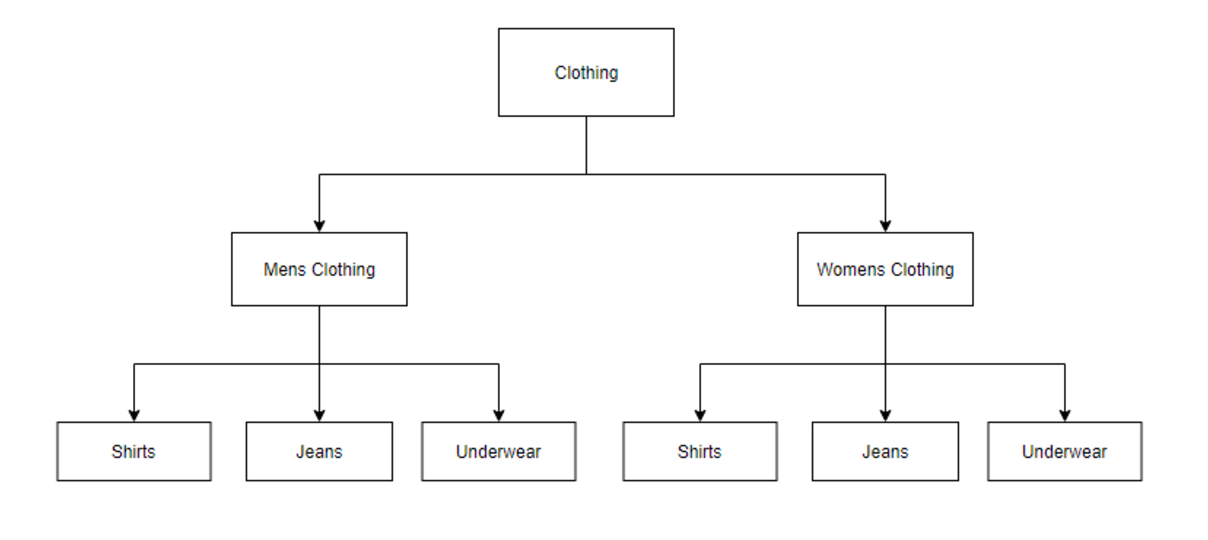

In the crudest layman terms, product categorization is the use of various words or tags one would use to search and locate a particular object in a repository of various different objects. For instance, one of the most trusted and inseparable companions of people today, the smartphone can be broadly categorized as an electronic device, portable gadget, phone, mobile phone, and so on. Product categorization is deployed by e-commerce companies to help consumers narrow down their search to the product of their choice, based on their key requirements. The hierarchy followed for this may differ according to the company and the categorization itself may be completely different for each company. Effective product categorization is one of the most crucial factors to ensure a better user experience. An effective implementation of product categorization would ensure that the consumer is able to narrow down their choice with the least number of clicks, while at the same time would have the widest range of relevant products to choose from, based on their search keyword. Let’s see how AI based product categorization can help E-tailers to improve their operational efficiency.
Conventionally, especially in brick and mortar stores, product categorization is a highly labor-intensive, cumbersome and time-consuming job carried out manually, usually by the staff at the store. For instance, take an example of a retail clothing store,

In a retail clothing store, the men’s section and ladies section is clearly defined, which is then subdivided on the basis of the type of clothing, size, and price, to name a few. This product categorization is manually carried out by the staff at the store and thus is highly susceptible to human error, wherein a particular product may not be correctly placed in its appropriate section. While the staff may be cut some slack, considering the seemingly endless number of products that need to be placed in the appropriate section and category, even a minor error can lead to a highly unpleasant experience for the consumer and ultimately for the retailer. This is further amplified in an ecommerce store, where product categorization plays an even more important a role in customer retention, as the consumer does not have the benefit of reaching out to store employee for help.
Rapid advancements in technology, now allow e-tailers to harness the power of AI to deploy the most error-free and accurate product categorization. This highly tedious task of segregating products based on images and description was earlier assigned to the company’s human workforce, resulting in a major investment of time and resources, with less than satisfactory results. The AI-based system relies on machine learning to analyze the large repository of product categorization data already available and accordingly implement and further perfect the same. The system is capable of interpreting both text inputs related to the description of the product and match it with the image to accurately tag it under the appropriate category while maintaining various hierarchical tags.
The application of AI-based product categorization is not restricted to the online retail sector alone. Online image libraries can effectively harness the power of machine learning, wherein images can be categorized based on its various features allowing for efficient retrieval of images. Along similar lines, Accubits developed a machine learning-based image classification tool for an e-commerce company based in the U.S. The algorithm compared two product images and find the degree of similarity between the two. This allowed for highly accurate product categorization, drastically cutting down on the many man-hours spent and the costs related to the same.
Given the immense potential of this novel system, its adoption across different industries is expected to increase exponentially in the near future, with a win-win situation for both retailer and consumer alike.